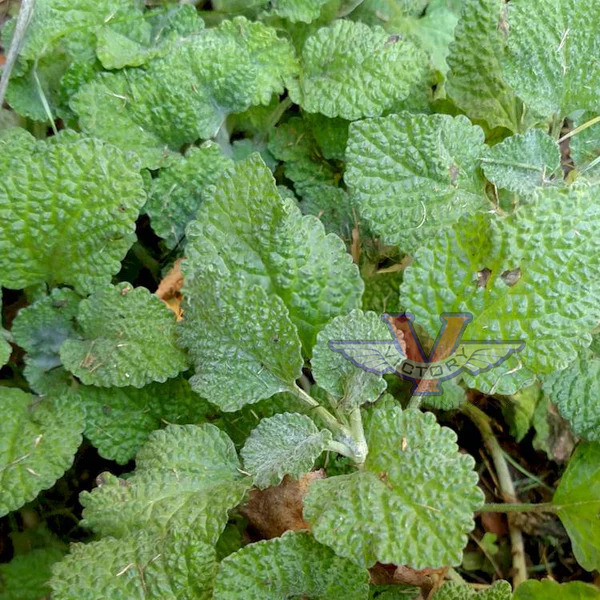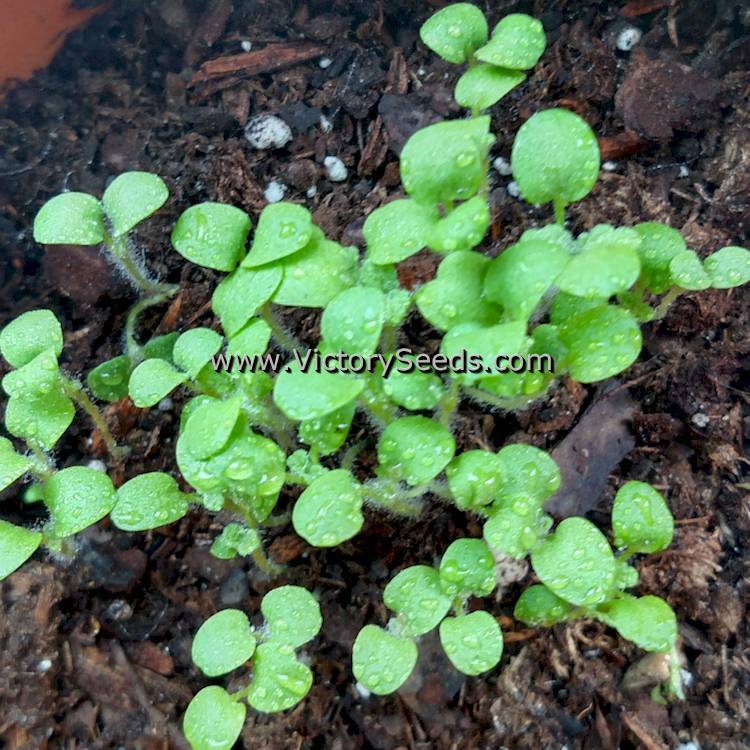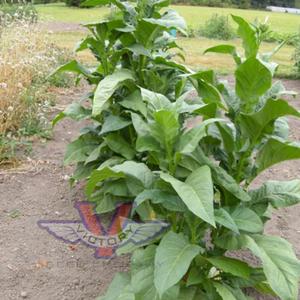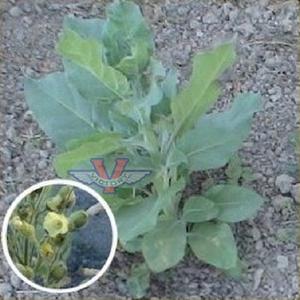

Horehound
Price: $2.95
SKU: 4000431Dried leaves are teas, desserts, and baking whereas the fresh plant is best for making candies and lozenges. Horehound is hardy and easily grown. Choose a location that receives full sun with well-drained soil. It thrives in dry, poor ground. Each packet contains 0.1 gram, which is approximately 125 seeds. A perennial in USDA zones 3 to 8.
Horehound can be invasive in many areas; please ensure you are following best practices against growing invasives in your region. This plant is best grown in a container and not allowed to go to seed.
| The Victory Seed Company does not advocate medical self-diagnosis or self-medication. Reference to the medicinal properties of plants are described here for educational and historical purposes only and are not to be construed as a prescription, prognosis or diagnosis for any disease or illness. As with any remedies or medicines, you should consult your personal health care provider before using. |
Customer Reviews:
By Mark (Humboldt, Arizona) on December 30, 2023
This stuff is extremely invasive. I've literally spent years removing it from a small portion of my 9 acre property using mechanical means and at least 50 gallons of 2,4-D herbicide with no hope of completely eliminating it. Deer won't eat it and being a perennial will grow to a 3 ft. shrub producing thousands of seeds which attach to animals, pant legs, and shoes. Many properties in this part of Arizona are covered with it. An invasive weed.





